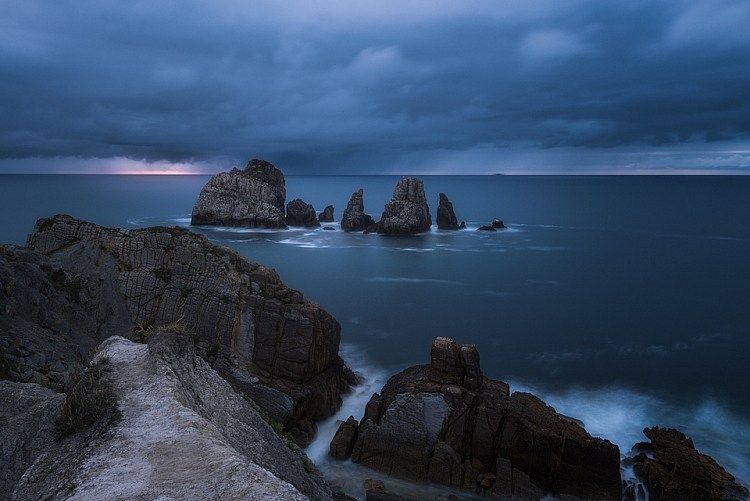There’s basically 3 types of ornamental ponds - The Water Garden, The Goldfish Pond and The Koi Pond. The Water Garden which has only water and plants (and maybe a frog or two) is low-maintenance and intended to accent the beauty of the plantings only. The Goldfish Pond, also relatively low-maintenance, needs aeration, water, plants and a small filtration system. The Koi Pond requires excellent water quality. The need for adequate and external filtration is a must.
Many landscapers and homeowners built their koi and goldfish ponds on the premise that filtration isn’t necessary - that all that is necessary is plants. HOGWASH! When fish are involved, filtration is a pre-requisite. The amount of filtration depends on the quantity and size of the fish.
Plants do help clarify pond water and nitrifying bacteria does grow all over the pond. Is this sufficient? NO - not if a lot of fish are involved. Fish do 2 things. One, they give off ammonia through their gills and in their waste. Two, they eat all the time. When you put fish in a pond, you have created a cess pool. Food goes into your fish and sewage comes out.
In captivity, the more your fish eat the larger his digestive system becomes so he retains less of his food, creating more waste. There has to be a method of removing the fish poop as well as other organics that have settled to the bottom of the pond. Thus, the need for a filter. Also, the less foreign matter in your pond the less nitrates to feed algae - an added benefit.
High organic loads consume oxygen and are a haven for bad bacteria such as aeramonas and pseudomonas. Goldfish tend to be hardier than koi and can survive in poorer water quality. To build a koi pond with proper filtration is an art in itself. That’s why it’s very important that whoever builds your pond, if you are wanting a true koi pond, consults with or is a koi pond professional.
Proper filtration is certainly necessary. The only debatible question is how much?. Good bacteria is needed to complete the cycle of changing ammonia into a useful and harmless state. Good bacteria is housed in filter material.
A Pump Pre-Filter catches the solids before they go into the pump where a load of debris can do a lot of damage. Some people confuse a pump pre-filter with a bio-filter. A pre-filter does nothing more than filter the large debris from the water before it travels into your pump. It does house some good bacteria but not enough, in most cases, to do the job.
A Bio-Filter houses the majority of your good bacteria. The filter material must have plenty of dissolved oxygen and proper waterflow. A bio-filter outside the pond is preferable because it’s easier to clean and maintain.
So, if you’re considering upgrading your existing filter system or you’ve discovered you don’t have one and probably need one then come by and discuss your unique situation with us. We will be happy to recommend the proper filter for your pond.
